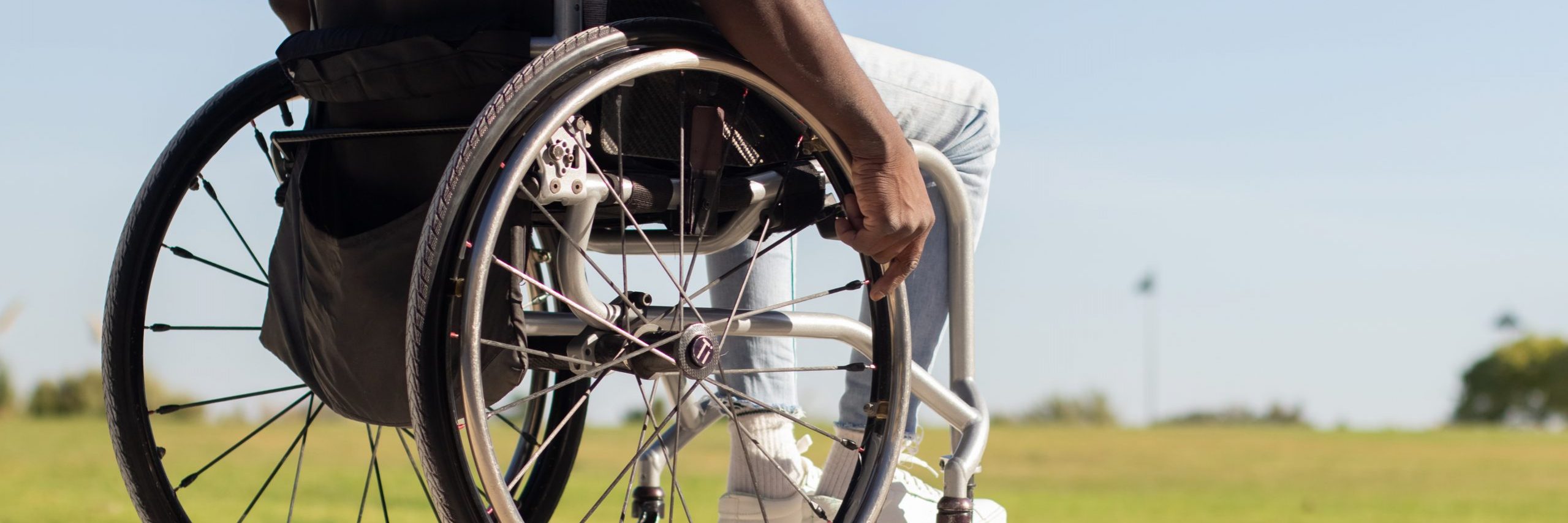“This paves the way to more targeted treatments for paralysed patients,” Study author Jordan Squair.
A team of Swiss scientists have identified the neuron that could help people with paralysis have the ability to walk again.
The study published in journal Nature says that groups of neurons known as Vsx2 and Hoxa10 present in the brain stem and spinal cord play a crucial role spinal cord injury recovery.
Nine people who had severe or complete paralysis caused by a spinal cord injury were recruited by researchers who utilized epidural electrical stimulation (EES) as a form of treatment.
EES was developed in 2018 by neuroscientist Gergoire Courtine from the Swiss Federal Institute of Technology. It’s a process in which electrical pulses are delivered to the nerves of the lower-spine with a device.
This works by putting a device over the protective coating of the spinal cord and from this it was found after a period of five months that people gained or improved their ability to walk.
THE NEURONS THAT RESTORE WALKING AFTER PARALYSIS. Read our new publication in @Nature today! The mechanisms explaining the recovery of walking by 9 individuals with spinal cord injury in response to electrical spinal cord stimulation.https://t.co/LctEAPlDvP pic.twitter.com/dJButDPmbx
— NeuroRestore.swiss (@_NeuroRestore) November 9, 2022
Researchers used a similar technique in mice and were able to pinpoint the exact groups of neurons that help in patient recovery.
They knew these neurons were the cause because when they deactivated them in the mice, they were unable to walk.
Neurosurgeon and study author Jocelyn Bloch from the Lausanne University Hospital said this kind of treatment could be a game changer for spinal cord paralysis.
‘Our new study, in which nine clinical-trial patients were able to recover some degree of motor function thanks to our implants, is giving us valuable insight into the reorganisation process for spinal cord neurons.”
Speaking with NewsCop earlier in the year was first author of the study Robin Demesmaeker who said that there was little risk with EES therapy.
“Epidural spinal cord stimulation is a standard medical treatment for chronic pain,” he said.
“Its application for restoring mobility does not add any significant surgery- or device-related risks,”
“We strongly believe the benefits will largely outweigh the risks, given the results observed with our participants, the margin for further technological and therapeutic improvements, and the therapy’s potential to increase quality of life and independence.”
While the neurons have been discovered, the next step is to identify the nerves and it’s hoped a trial of about 70-80 people in the US will help to make this happen.





